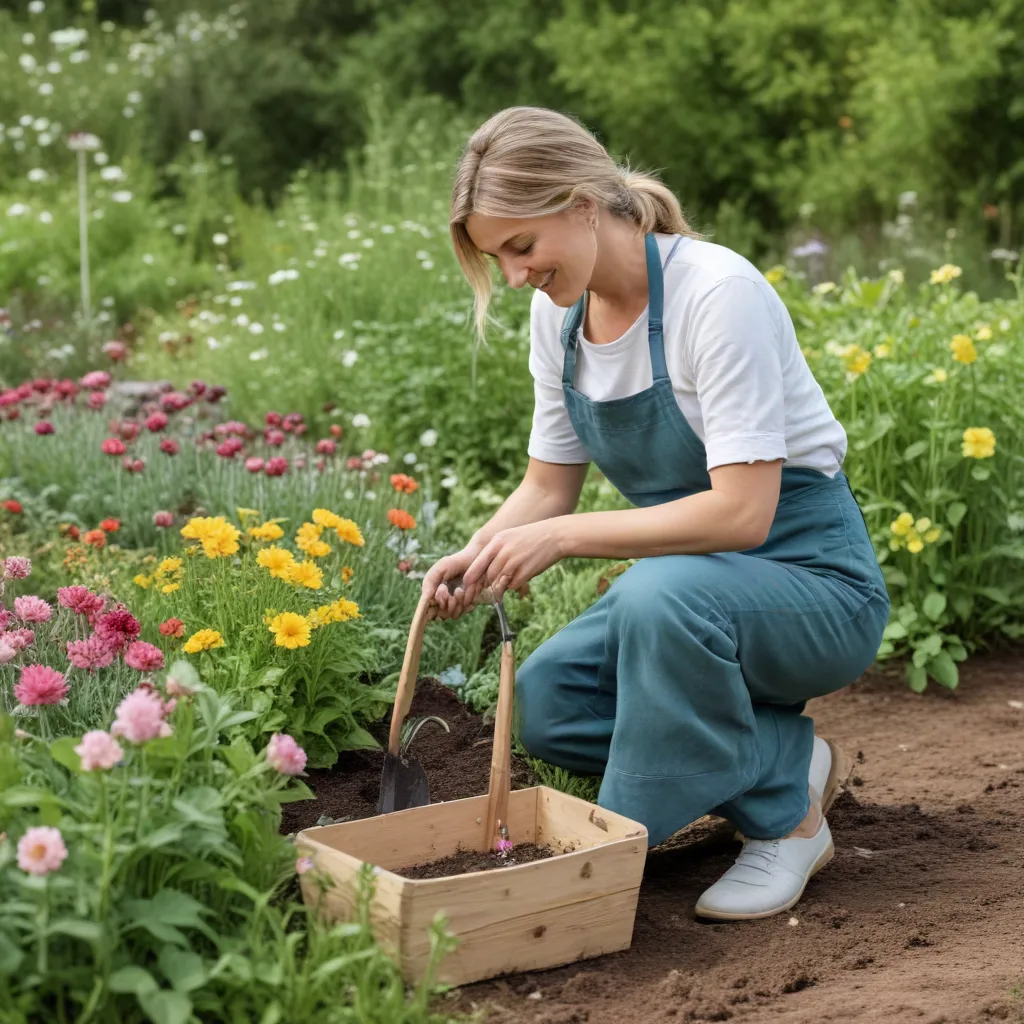
As a hospitality and wine expert writing for the Wine Garden Inn, I’m delighted to share an array of gardening insights that can elevate the home cook’s culinary repertoire. Whether you’re a seasoned green thumb or a budding backyard enthusiast, incorporating seasonal, garden-fresh produce into your meals can be a game-changing experience.
Seasonal Planting Strategies
When it comes to cultivating a bountiful garden, timing is paramount. By aligning your planting schedule with the natural rhythms of the seasons, you can ensure a continuous supply of vibrant, flavorful ingredients to complement your culinary creations. For example, cool-weather crops like leafy greens, root vegetables, and brassicas thrive in the spring and fall, while warm-season favorites such as tomatoes, peppers, and eggplants reach their peak during the heat of summer.
Thoughtful succession planting – strategically sowing seeds at staggered intervals – can further extend your harvest window and provide a steady stream of fresh produce. Companion planting, where compatible crops are grown in close proximity, can also enhance productivity and deter pests naturally. Pairing basil with tomatoes or marigolds with your vegetable beds are classic examples of this technique.
Microclimate Considerations
One often-overlooked aspect of successful gardening is understanding your unique microclimate. Factors like sun exposure, wind patterns, soil acidity, and even the proximity of buildings or trees can significantly impact plant growth and yield. Take the time to observe your garden space throughout the day and during different seasons – this invaluable intel will inform your crop choices and planting locations for optimal results.
For instance, if your garden tends to be on the shadier side, opt for leafy greens and herbs that thrive in partial shade. Conversely, if you have a sunny, south-facing plot, lean into heat-loving veggies like tomatoes, peppers, and zucchini. Monitoring your soil pH and amending it as needed with compost or lime can also work wonders for the health and productivity of your plants.
Crop Rotation Techniques
Diversifying your garden layout from season to season is a brilliant strategy for maintaining soil fertility and suppressing pests and diseases. By rotating your crop families – for example, planting legumes one year, then brassicas the next – you can break disease and nutrient depletion cycles, resulting in a thriving, resilient garden.
Another clever rotation technique is to alternate between heavy feeders (think tomatoes, squash, and corn) and light feeders (such as carrots, radishes, and lettuce) in the same beds. This balances out the soil’s nutrient levels, reducing the need for extensive amendments. Incorporating cover crops during fallow periods can also replenish the soil with organic matter and beneficial microorganisms.
Aromatic Herb Selection
No well-stocked kitchen garden is complete without a thoughtful selection of aromatic herbs. Not only do these flavorful plants elevate any dish they grace, but many also possess remarkable medicinal properties and can enhance wine’s health benefits. Consider incorporating a diverse range of herbs, such as rosemary, thyme, oregano, and lavender, to broaden your culinary and wellness horizons.
When harvesting herbs, timing is crucial. The optimal moment is typically just before the plants flower, when their essential oils are most concentrated. Snip leaves or sprigs in the morning, after the dew has lifted but before the sun’s heat causes the oils to dissipate. Proper storage, whether through drying, freezing, or preserving in vinegar or oil, will ensure you can enjoy your homegrown herbs year-round.
Heirloom Produce Varieties
While hybrid varieties boast impressive yields and disease resistance, heirloom produce can offer unparalleled flavor, nutrition, and heritage. These open-pollinated cultivars, passed down through generations, often possess a depth of character that simply can’t be replicated. Consider incorporating heirloom tomatoes, squash, beans, or melons into your garden to add complexity and delight to your culinary repertoire.
Beyond the sheer taste experience, heirlooms can also serve as living connections to our agricultural past. Growing and celebrating these time-honored varieties helps preserve genetic diversity and supports small-scale, regenerative farming practices. When you serve a meal featuring your homegrown heirlooms, you’re not just nourishing bodies – you’re also nourishing the soul.
Edible Flower Integration
While vegetables and herbs are the backbones of any productive garden, don’t overlook the culinary and aesthetic potential of edible flowers. Vibrant blooms like nasturtiums, marigolds, and violets can lend both visual allure and subtle, nuanced flavors to salads, sorbets, and even cocktails. Incorporating these petals throughout your garden also attracts beneficial pollinators, further enhancing your overall productivity.
When harvesting edible flowers, be sure to choose blooms that are pesticide-free and free of any discoloration or damage. Gently rinse the petals, pat dry, and use them as fresh garnishes or lightly sauté them to incorporate into your dishes. The sensory delight of biting into a salad adorned with colorful, flavorful flowers is truly unparalleled.
Multisensory Engagement
Beyond the obvious gastronomic rewards, a well-designed garden can also provide a true feast for the senses. Strategically placing fragrant herbs and flowering plants near high-traffic areas or seating spaces allows you to fully immerse yourself in the garden’s aromatic splendor. The soothing, rhythmic sound of a bubbling water feature or chimes can also enhance the meditative, restorative quality of time spent in the garden.
Engaging multiple senses – sight, smell, sound, and even touch – transforms the garden into a holistic sensory experience. As you move through your lush, verdant oasis, pausing to brush your fingers against a fuzzy sage leaf or pluck a juicy raspberry, you’ll find your connection to the land and your culinary creations deepening in profound ways.
Whether you’re a seasoned home cook or an aspiring gardener, nurturing a thriving, productive garden can be a truly life-enriching pursuit. By aligning your planting strategies with the seasons, optimizing your microclimate, and integrating a diverse array of herbs, heirlooms, and edible flowers, you’ll unlock a world of culinary potential right in your own backyard. So go forth, bloom and savor – your taste buds and soul will thank you. For more inspiring garden-to-table ideas, be sure to visit https://www.winegardeninn.com.
